Home>Furniture & Design>Office Furniture>How To Keep An Office Chair From Sinking
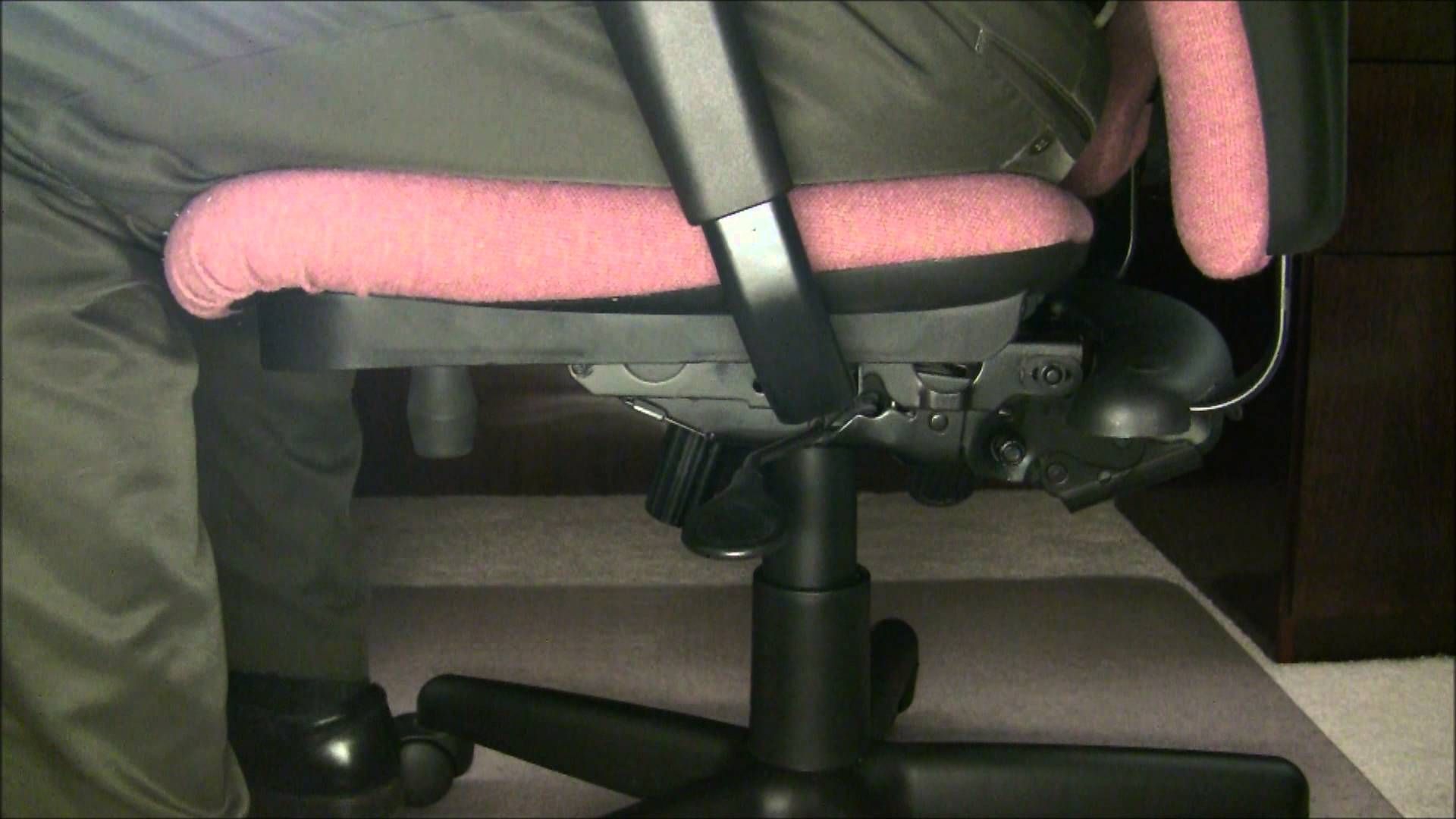

Office Furniture
How To Keep An Office Chair From Sinking
Modified: January 14, 2024
Learn how to prevent your office chair from sinking with these effective tips and solutions. Keep your office furniture in top condition and avoid the frustration of a sinking chair. Discover practical ways to maintain your office chair's height and stability.
(Many of the links in this article redirect to a specific reviewed product. Your purchase of these products through affiliate links helps to generate commission for Storables.com, at no extra cost. Learn more)
Introduction
Are you tired of constantly readjusting your office chair because it keeps sinking down? You're not alone! Many people experience this frustrating issue with their office chairs, but fear not – there are effective solutions to prevent your chair from sinking and restore it to its proper height. In this comprehensive guide, we'll delve into the mechanics of office chair sinking, explore the reasons behind this common problem, and provide practical tips to keep your office chair at the desired height. Whether you're working from home or in a professional office setting, maintaining a comfortable and ergonomic seating arrangement is essential for your well-being and productivity. Let's embark on this journey to reclaim the perfect seating experience and bid farewell to the sinking chair woes.
Key Takeaways:
- Say goodbye to sinking office chairs by adjusting the pneumatic cylinder and using a chair saver kit. Regular maintenance and inspection can also prevent sinking issues, ensuring a reliable and comfortable seating experience.
- Keep your office chair at the perfect height by understanding its mechanics and implementing practical solutions. Adjust the pneumatic cylinder, use a chair saver kit, and conduct regular maintenance to prevent sinking and maintain a comfortable workspace.
Understanding the Mechanics of Office Chair Sinking
Before we delve into the solutions for preventing office chair sinking, it’s crucial to comprehend the underlying mechanics of this common issue. Most office chairs are equipped with a pneumatic cylinder that enables the adjustment of seat height. This cylinder contains compressed air, which supports the weight of the individual sitting in the chair. Over time, the cylinder’s seal may wear out or become damaged, leading to a gradual loss of air pressure and causing the chair to sink. Additionally, the constant up and down movements and the pressure exerted on the chair during use can contribute to the degradation of the cylinder’s functionality.
Furthermore, the design and quality of the pneumatic cylinder can significantly impact its durability and resistance to sinking. Cheaper or lower-quality cylinders may be more prone to developing issues, while higher-quality ones are engineered to withstand prolonged use without succumbing to sinking problems.
Another factor that can contribute to office chair sinking is the overall wear and tear of the chair’s components. The base, casters, and other mechanical parts may experience deterioration over time, affecting the chair’s stability and height adjustment capabilities. Understanding these fundamental aspects of office chair mechanics provides valuable insights into the root causes of sinking chairs and sets the stage for implementing effective preventive measures.
Tips for Preventing Office Chair Sinking
Preventing office chair sinking requires a proactive approach that addresses the underlying causes and implements practical solutions to maintain the chair’s height and functionality. By incorporating the following tips into your chair maintenance routine, you can effectively mitigate the risk of experiencing sinking issues and ensure a consistent and comfortable seating experience.
Adjusting the Pneumatic Cylinder
One of the primary steps in preventing office chair sinking is to adjust the pneumatic cylinder to the correct height. This can be achieved by utilizing the chair’s height adjustment lever to elevate the seat to the desired level. Ensuring that the cylinder is properly positioned and securely locked in place can help alleviate unnecessary strain on the mechanism, reducing the likelihood of premature sinking.
Using a Chair Saver Kit
Consider investing in a chair saver kit, which typically includes components designed to restore the functionality of the pneumatic cylinder. These kits often contain replacement parts such as a new cylinder, protective sleeves, and additional hardware to reinforce the chair’s structure. By replacing worn-out or damaged components with high-quality alternatives, you can effectively extend the lifespan of your office chair and prevent sinking issues.
Read more: How To Keep An Office Chair Mat From Moving
Regular Maintenance and Inspection
Implementing a regular maintenance schedule for your office chair can significantly contribute to preventing sinking problems. This involves inspecting the chair for any signs of wear, lubricating moving parts, and cleaning the mechanisms to ensure smooth operation. Additionally, conducting periodic checks on the pneumatic cylinder’s condition and pressure can help identify potential issues early on, allowing for timely intervention and maintenance.
By incorporating these preventive measures into your office chair care routine, you can proactively address the factors that contribute to sinking and maintain a reliable and comfortable seating solution. Taking a proactive stance toward chair maintenance not only prevents sinking issues but also promotes the longevity and performance of your office chair, ultimately enhancing your overall seating experience.
Adjusting the Pneumatic Cylinder
When it comes to preventing office chair sinking, proper adjustment of the pneumatic cylinder is a crucial step in maintaining the chair’s desired height and functionality. The pneumatic cylinder serves as the backbone of the chair’s height adjustment mechanism, and ensuring its optimal positioning is essential for preventing premature sinking and preserving the chair’s ergonomic benefits.
Begin by familiarizing yourself with the chair’s height adjustment lever, typically located below the seat. By engaging this lever, you can raise or lower the seat to your preferred height, allowing for personalized comfort and optimal posture. It’s important to adjust the seat to a level that aligns with your workspace and promotes a healthy sitting position, with your feet comfortably resting on the floor and your thighs parallel to the ground.
Once you’ve set the seat to the desired height, ensure that the pneumatic cylinder is securely locked in place to maintain the selected position. This prevents unnecessary stress on the cylinder and minimizes the risk of it gradually losing air pressure and causing the chair to sink. Take a moment to gently test the stability of the seat by applying slight pressure, ensuring that it remains steadfast and doesn’t exhibit any unexpected movement.
Regularly inspecting and readjusting the pneumatic cylinder as needed can help mitigate the potential for sinking issues. Over time, the repeated use of the height adjustment mechanism and the weight placed on the chair can impact the cylinder’s performance, making periodic adjustments essential for maintaining consistent seat height and stability.
Furthermore, when adjusting the pneumatic cylinder, be mindful of any unusual sounds or sensations, as these may indicate underlying issues that require attention. If you notice any irregularities during the adjustment process, such as excessive resistance or instability, it’s advisable to investigate the source of the problem and address it promptly to prevent further complications.
By incorporating proper adjustment of the pneumatic cylinder into your office chair maintenance routine, you can uphold the chair’s functionality and mitigate the risk of sinking. This proactive approach not only promotes a comfortable and ergonomic seating experience but also contributes to the long-term durability and performance of your office chair, ensuring that it remains a reliable asset in your workspace.
Using a Chair Saver Kit
When faced with the persistent issue of office chair sinking, employing a chair saver kit can offer an effective solution to restore the functionality of the pneumatic cylinder and prolong the lifespan of your chair. These comprehensive kits are designed to address common causes of sinking chairs and provide the necessary components to rejuvenate the height adjustment mechanism, ensuring that your chair maintains its desired position and ergonomic benefits.
Chair saver kits typically encompass a range of replacement parts and accessories tailored to rectify the underlying issues contributing to office chair sinking. One of the primary components included in these kits is a new pneumatic cylinder, which serves as a fundamental element in supporting the weight of the user and facilitating seamless height adjustments. By replacing the worn-out or malfunctioning cylinder with a high-quality replacement, you can effectively eliminate the root cause of sinking and restore the chair’s stability.
In addition to the pneumatic cylinder, chair saver kits often contain protective sleeves and additional hardware to reinforce the chair’s structure and prevent future issues. These components serve to safeguard the pneumatic cylinder from premature wear and tear, ensuring its longevity and sustained performance. By implementing these protective measures, you can proactively mitigate the risk of recurring sinking problems and maintain a reliable seating solution.
Utilizing a chair saver kit not only addresses the immediate concern of office chair sinking but also contributes to the overall maintenance and care of the chair. By investing in a comprehensive solution tailored to the specific needs of your chair, you can extend its lifespan and optimize its performance, ultimately enhancing your seating experience and ergonomic support.
When considering a chair saver kit, it’s essential to select a high-quality and compatible option that aligns with the specifications of your office chair. Carefully review the components included in the kit and ensure that they are suitable for your chair’s make and model, allowing for a seamless and effective restoration process.
By leveraging the capabilities of a chair saver kit, you can proactively address office chair sinking and rejuvenate the functionality of your chair, promoting a comfortable and supportive seating experience. This proactive approach not only resolves the immediate issue at hand but also contributes to the long-term maintenance and performance of your office chair, ensuring that it remains a dependable asset in your workspace.
To keep an office chair from sinking, try adjusting the pneumatic cylinder by turning it clockwise to tighten it. If that doesn’t work, consider replacing the cylinder or using a chair saver kit.
Regular Maintenance and Inspection
Implementing a consistent maintenance and inspection regimen for your office chair is instrumental in preventing sinking issues and preserving its functionality over time. By incorporating proactive measures and routine checks, you can identify potential concerns early on and address them effectively, ensuring that your chair maintains its desired height and ergonomic support.
Regular maintenance involves inspecting the various components of the chair, including the pneumatic cylinder, base, casters, and other mechanical parts, to assess their condition and performance. Begin by visually examining the chair for any signs of wear, such as fraying upholstery, loose components, or visible damage. Addressing these issues promptly can prevent them from escalating and impacting the chair’s overall stability and functionality.
Lubricating the moving parts of the chair, such as the height adjustment mechanism and swivel joints, can contribute to smooth operation and prevent premature wear. Applying a suitable lubricant as recommended by the chair’s manufacturer helps reduce friction and ensures that the mechanisms function optimally, minimizing the risk of sinking and preserving the chair’s maneuverability.
Conducting periodic checks on the pneumatic cylinder’s condition and air pressure is essential for identifying potential issues that could lead to sinking. By verifying that the cylinder maintains adequate pressure and responsiveness, you can preemptively address any deterioration or malfunctions, thereby maintaining the chair’s height adjustment capabilities and stability.
Furthermore, maintaining a clean and debris-free environment around the chair can prevent foreign particles from impeding its mechanisms and causing operational issues. Regularly vacuuming or wiping down the area where the chair is situated can contribute to its longevity and ensure unimpeded functionality.
Implementing a systematic approach to maintenance and inspection not only prevents sinking issues but also extends the overall lifespan and performance of your office chair. By proactively addressing wear and potential concerns, you can enjoy a reliable and comfortable seating solution that enhances your productivity and well-being.
By integrating regular maintenance and inspection into your office chair care routine, you can proactively address potential issues and maintain a consistent and comfortable seating experience. This proactive approach not only mitigates the risk of sinking problems but also contributes to the long-term durability and performance of your office chair, ensuring that it remains a reliable asset in your workspace.
Read more: How To Keep Chairs From Sinking In Grass
Conclusion
Addressing the persistent issue of office chair sinking requires a proactive approach that encompasses an understanding of the chair’s mechanics and the implementation of practical solutions. By familiarizing yourself with the pneumatic cylinder’s role and the factors contributing to sinking, you can effectively mitigate this common problem and maintain a comfortable and ergonomic seating experience.
Adjusting the pneumatic cylinder to the correct height and ensuring its secure positioning is a fundamental step in preventing sinking issues. By incorporating this adjustment into your chair maintenance routine, you can alleviate unnecessary strain on the mechanism and maintain consistent seat height and stability.
Utilizing a chair saver kit offers a comprehensive solution to restore the functionality of the pneumatic cylinder and prevent sinking. These kits provide replacement components and protective measures, effectively rejuvenating the chair’s height adjustment mechanism and promoting long-term reliability.
Regular maintenance and inspection play a pivotal role in preventing sinking problems and preserving the chair’s functionality. By conducting routine checks, lubricating moving parts, and ensuring a clean environment, you can proactively address wear and potential concerns, ultimately extending the lifespan and performance of your office chair.
In conclusion, by incorporating these preventive measures into your office chair care routine, you can effectively prevent sinking issues and maintain a reliable and comfortable seating solution. Taking a proactive stance toward chair maintenance not only enhances your seating experience but also promotes the longevity and performance of your office chair, contributing to a productive and ergonomic workspace.
Embracing these practical tips and insights empowers you to reclaim the perfect seating experience and bid farewell to the frustrations of office chair sinking, ensuring that your workspace remains a comfortable and supportive environment for your daily endeavors.
Frequently Asked Questions about How To Keep An Office Chair From Sinking
Was this page helpful?
At Storables.com, we guarantee accurate and reliable information. Our content, validated by Expert Board Contributors, is crafted following stringent Editorial Policies. We're committed to providing you with well-researched, expert-backed insights for all your informational needs.

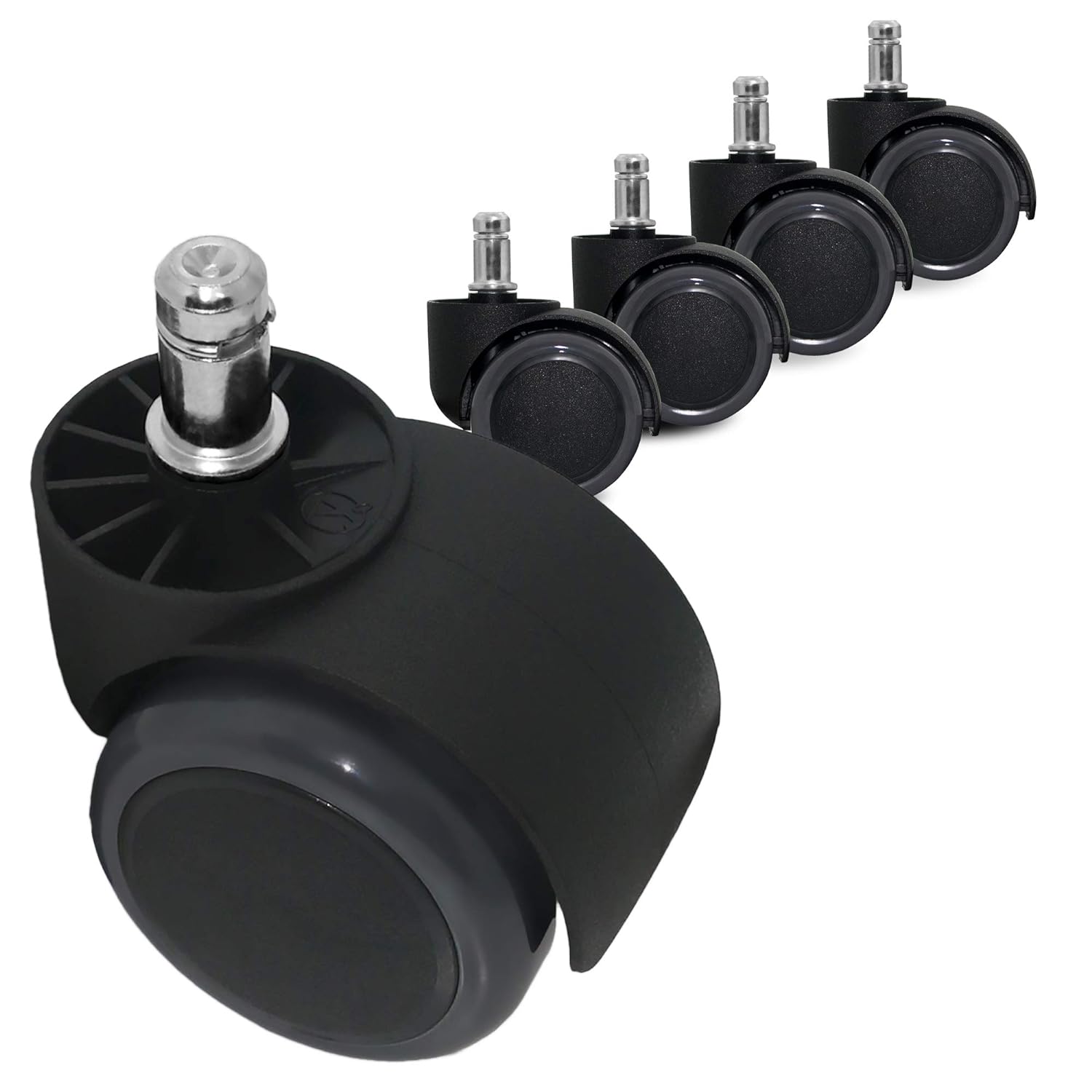
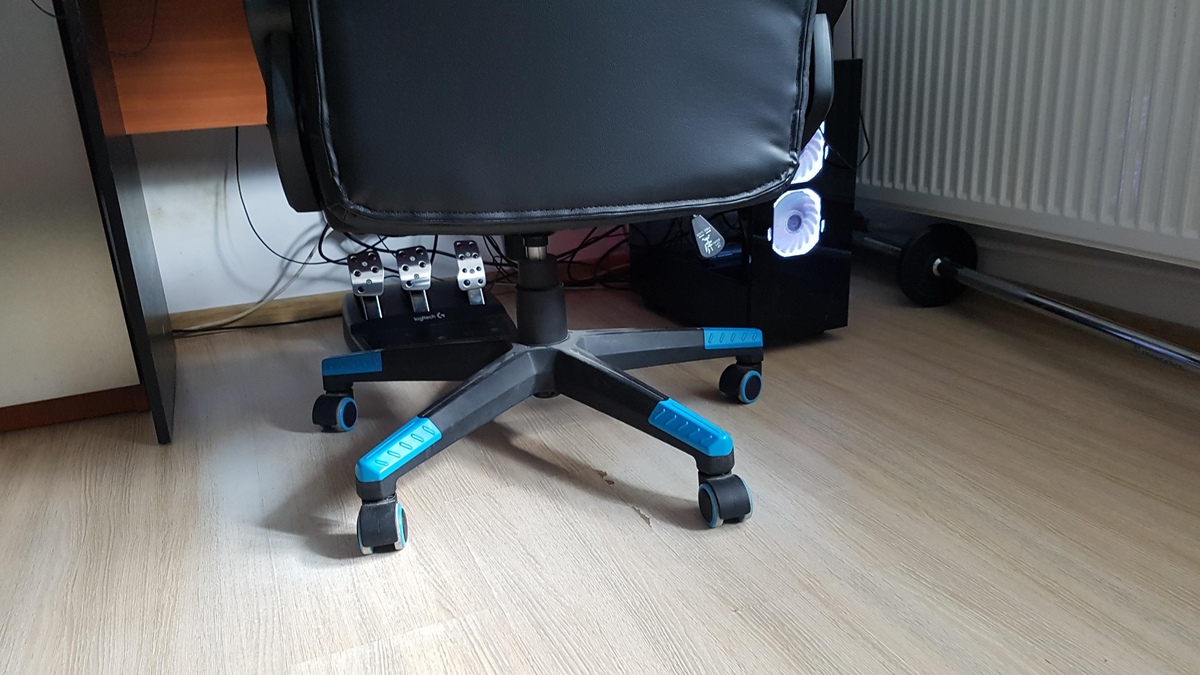
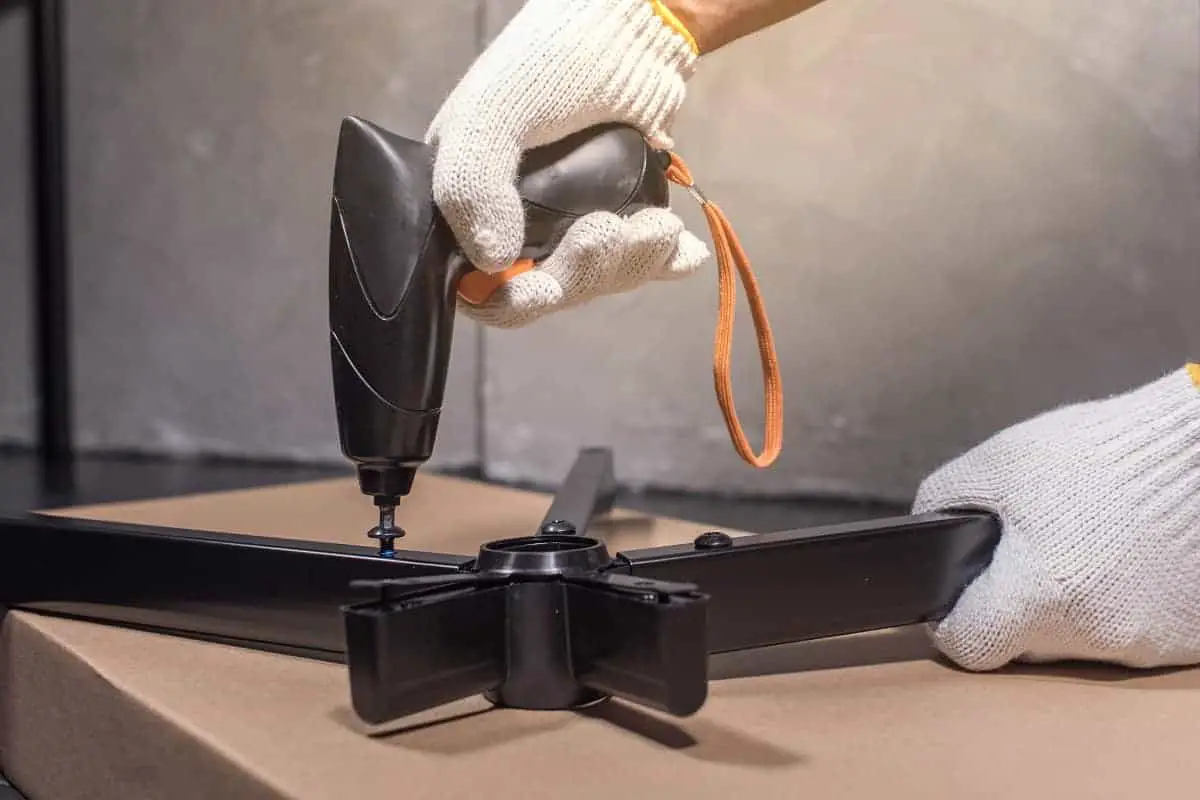
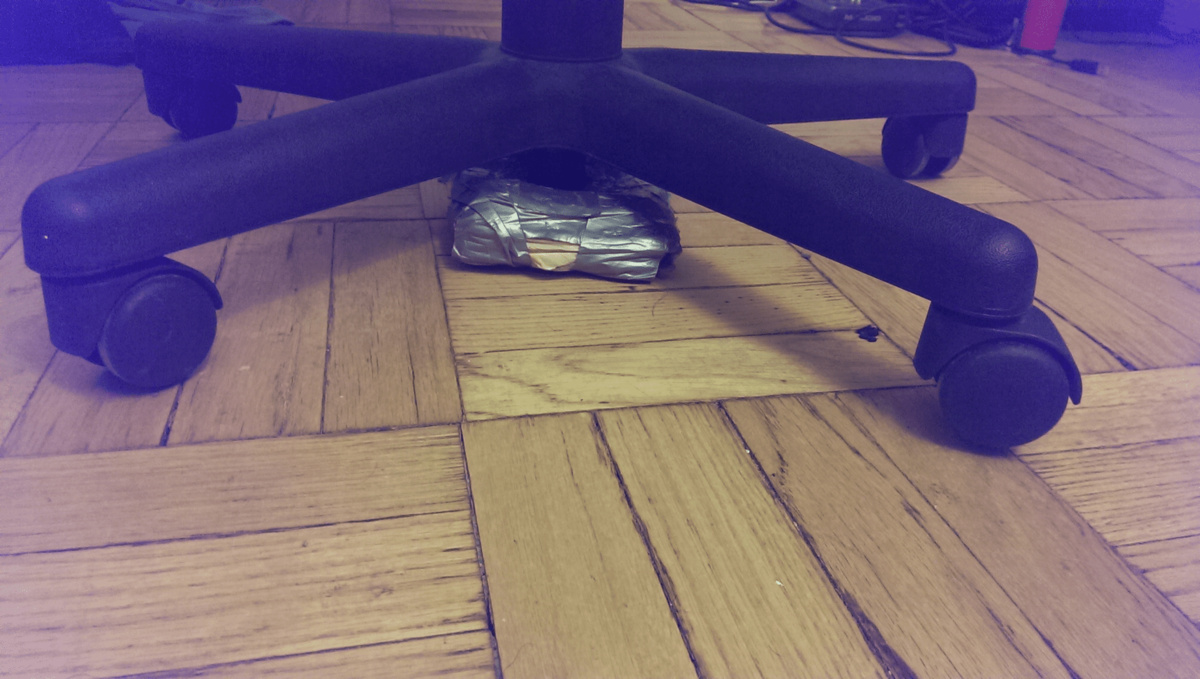
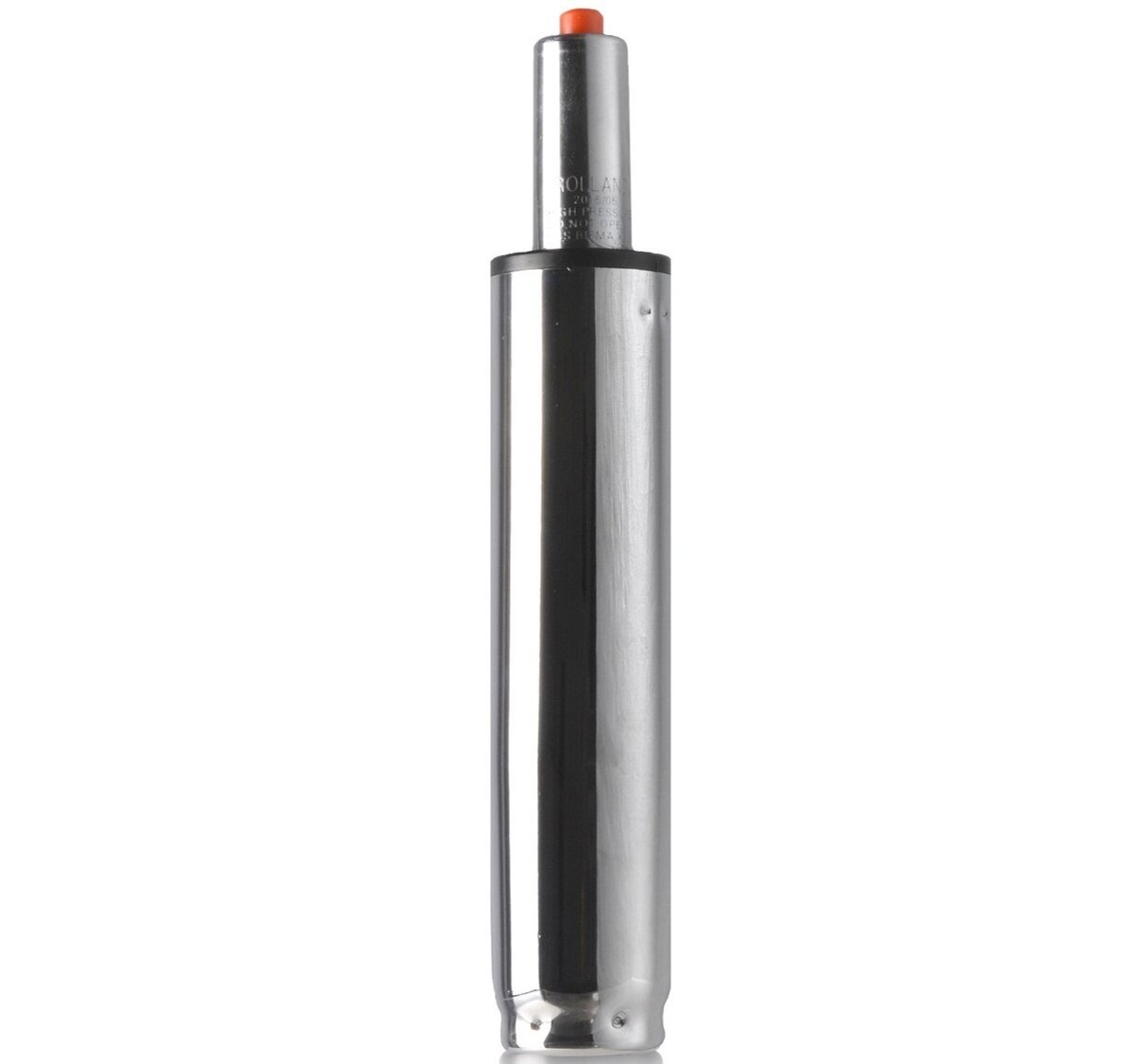
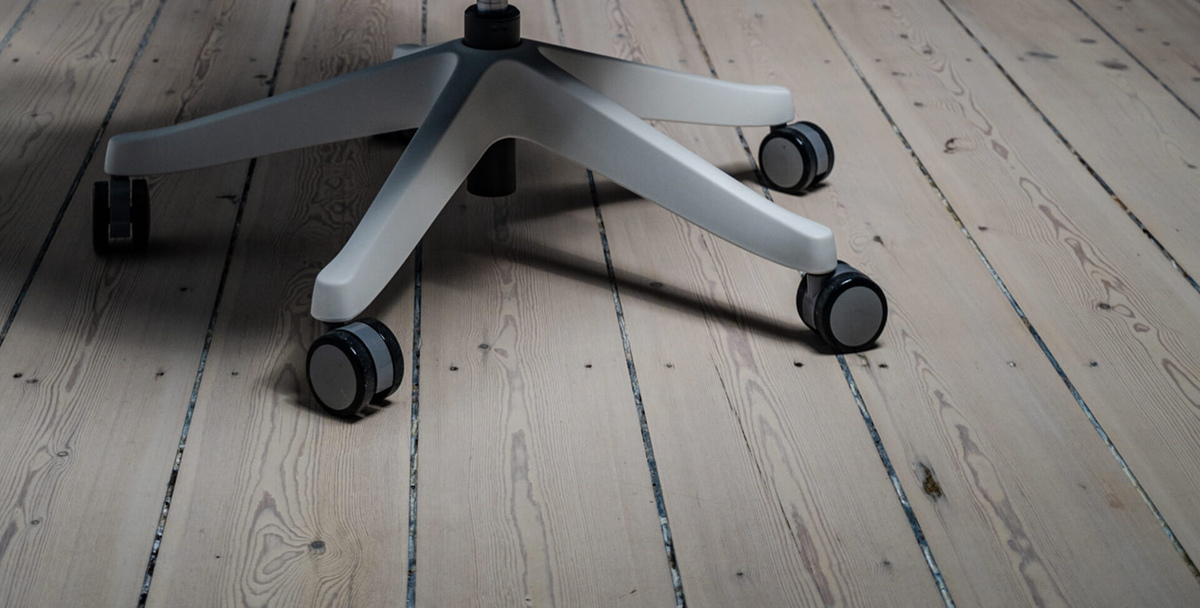
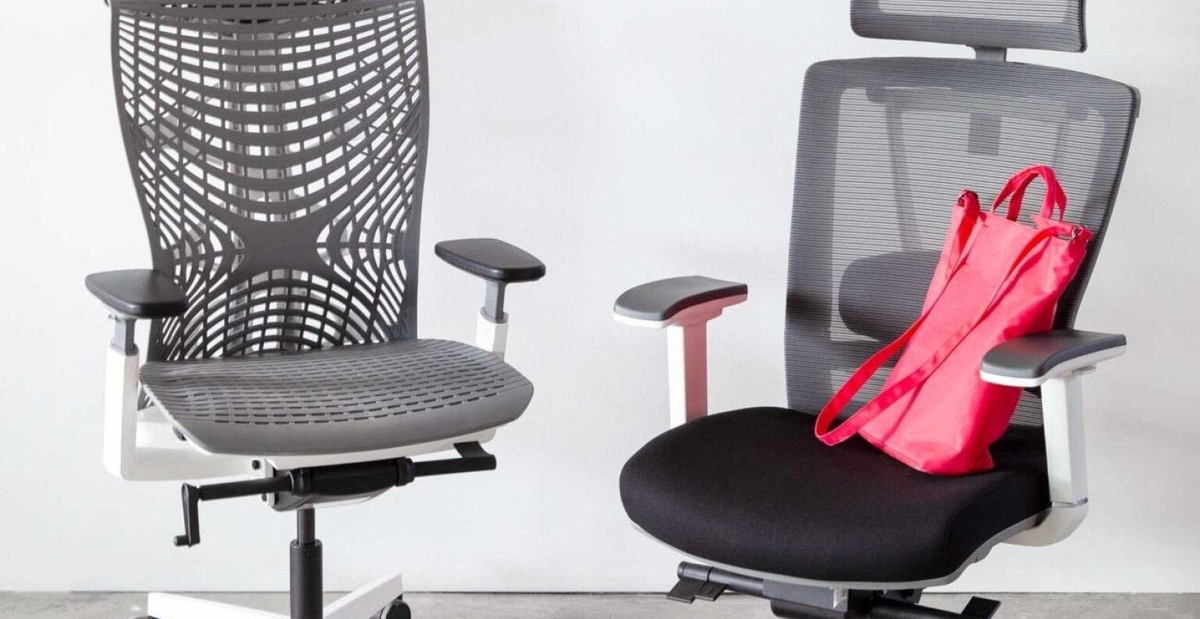
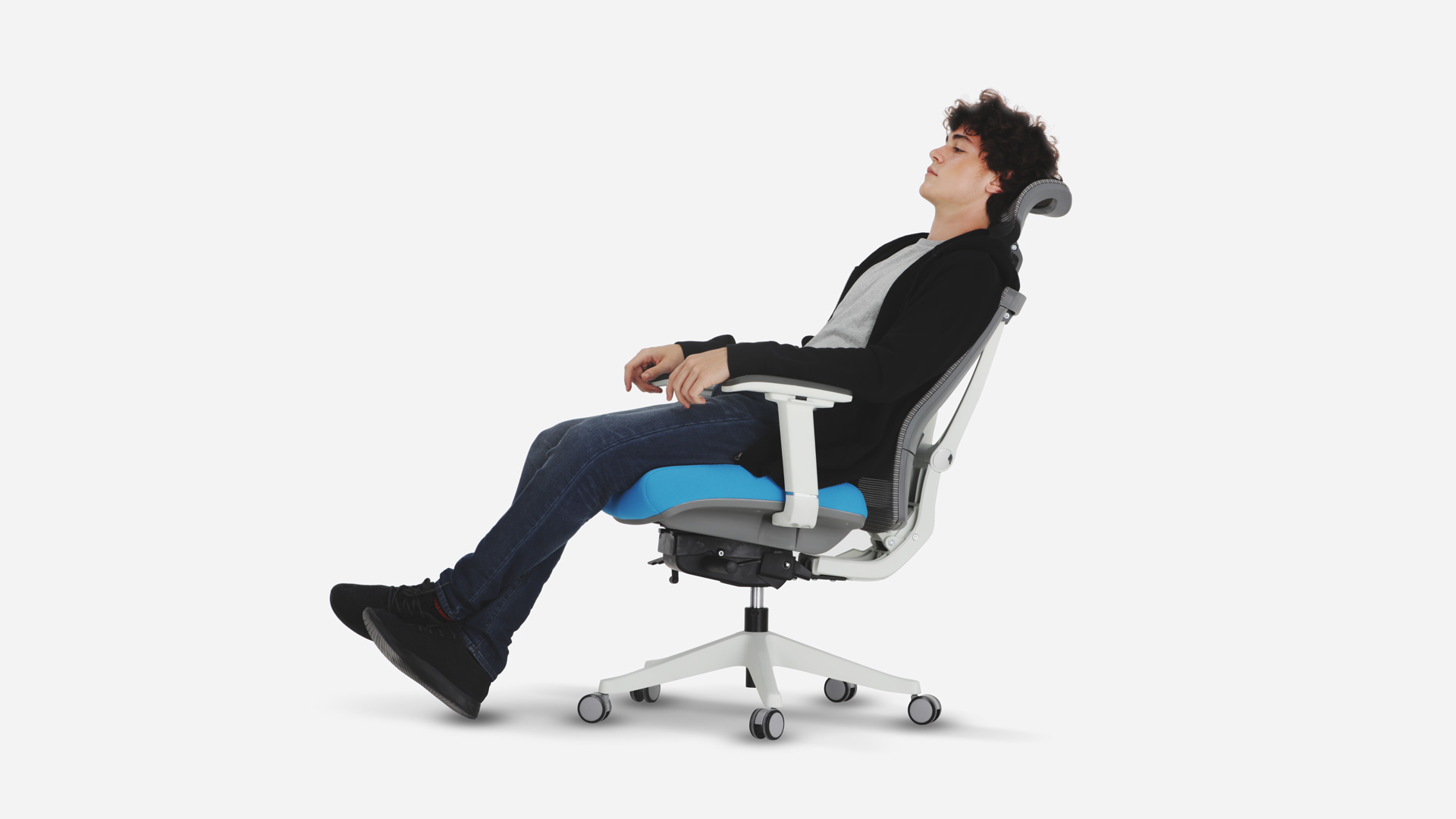
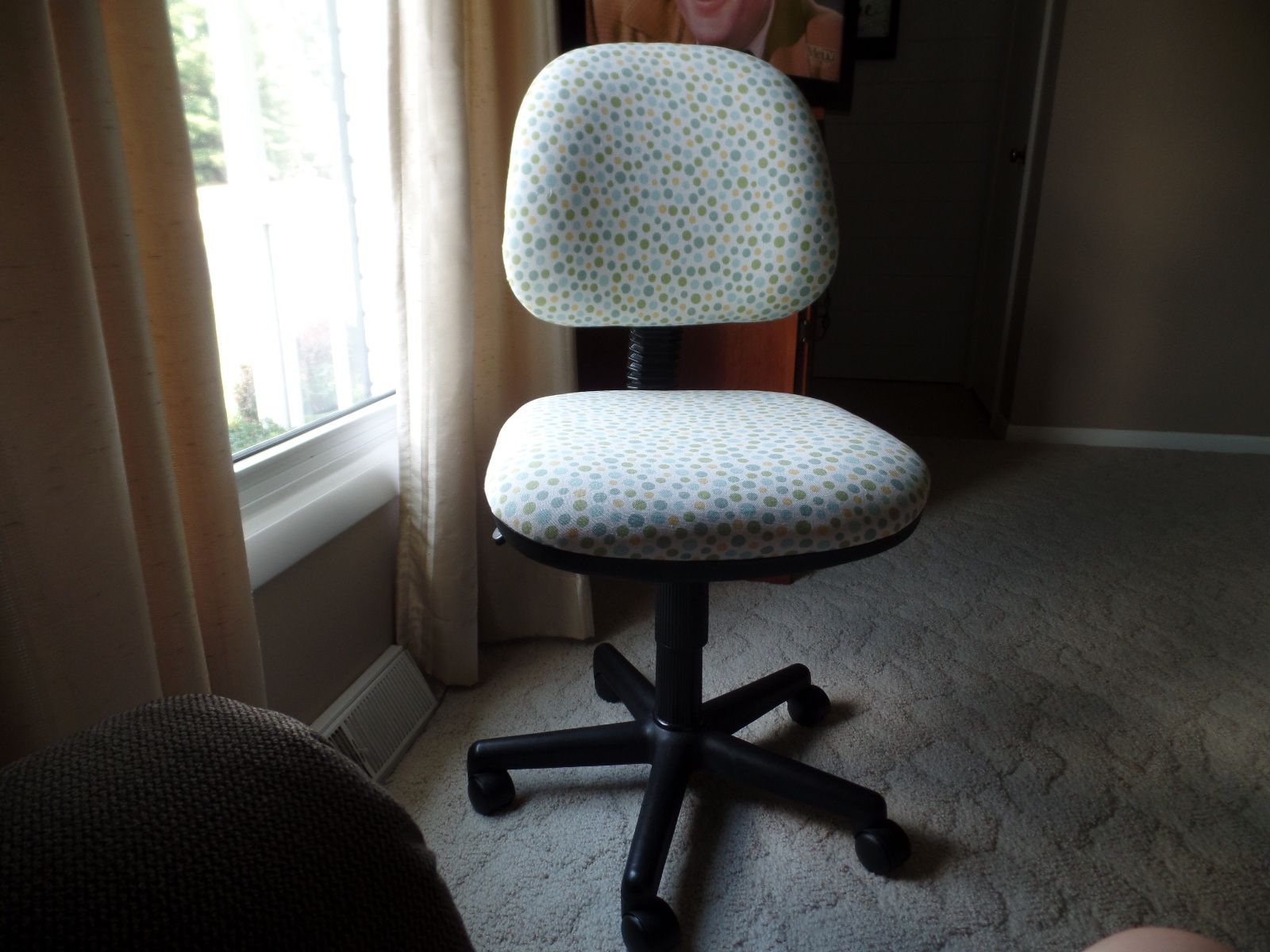
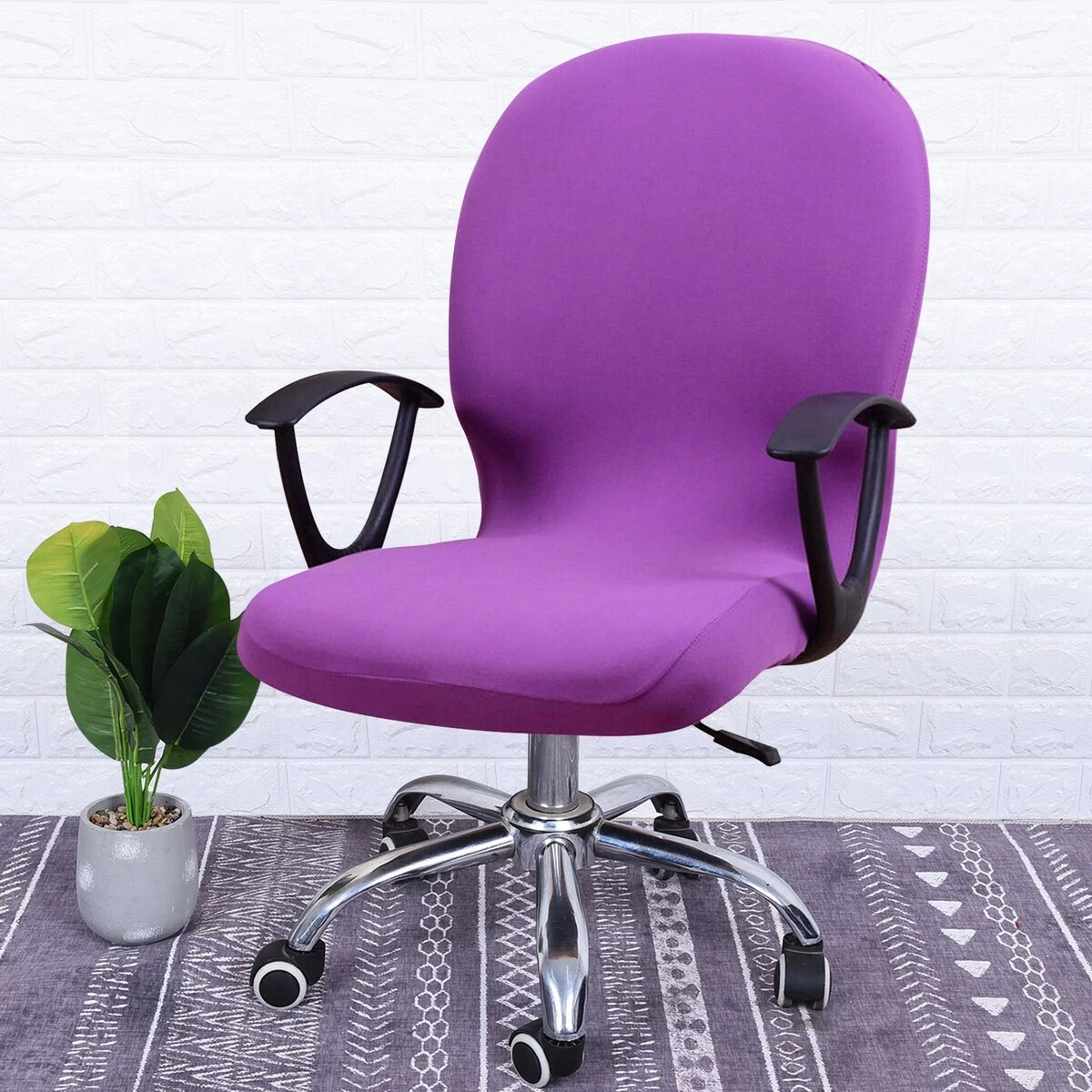
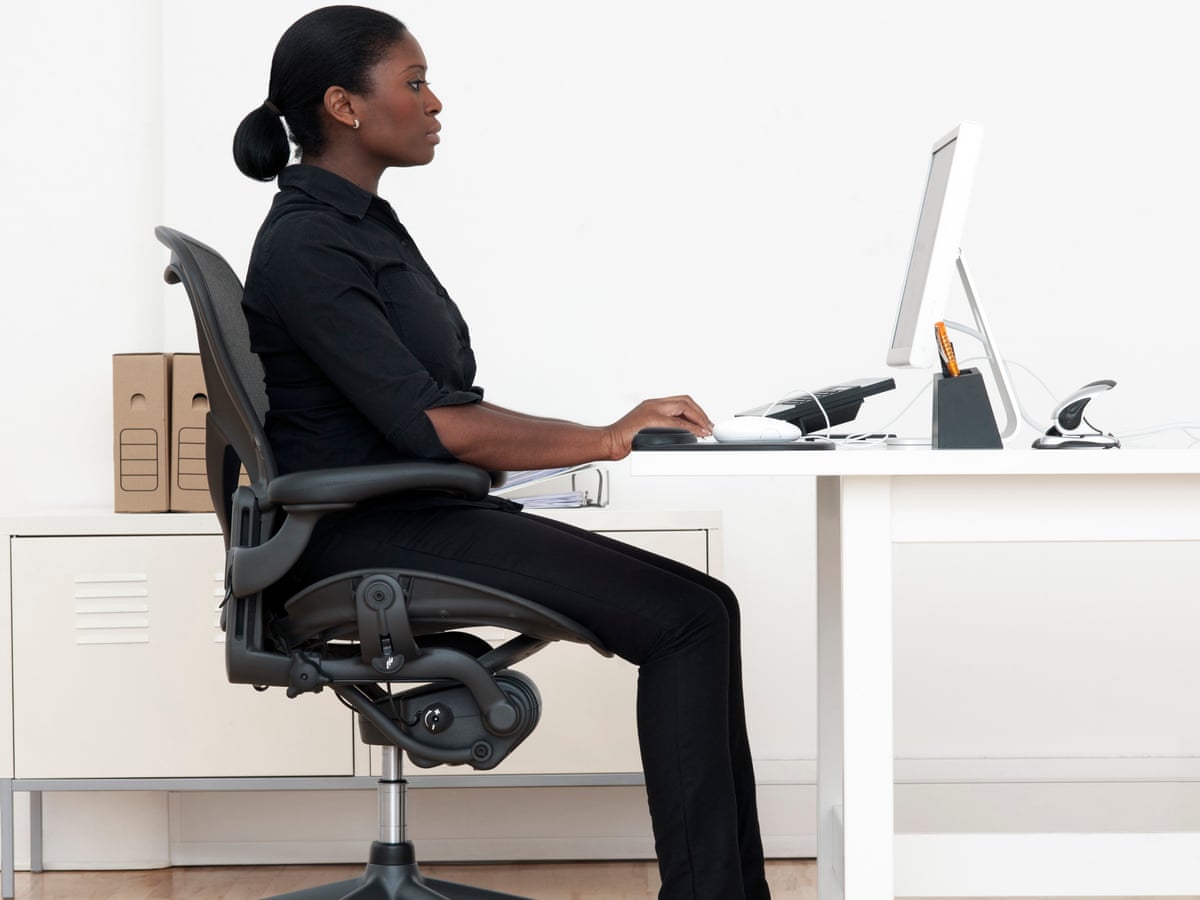
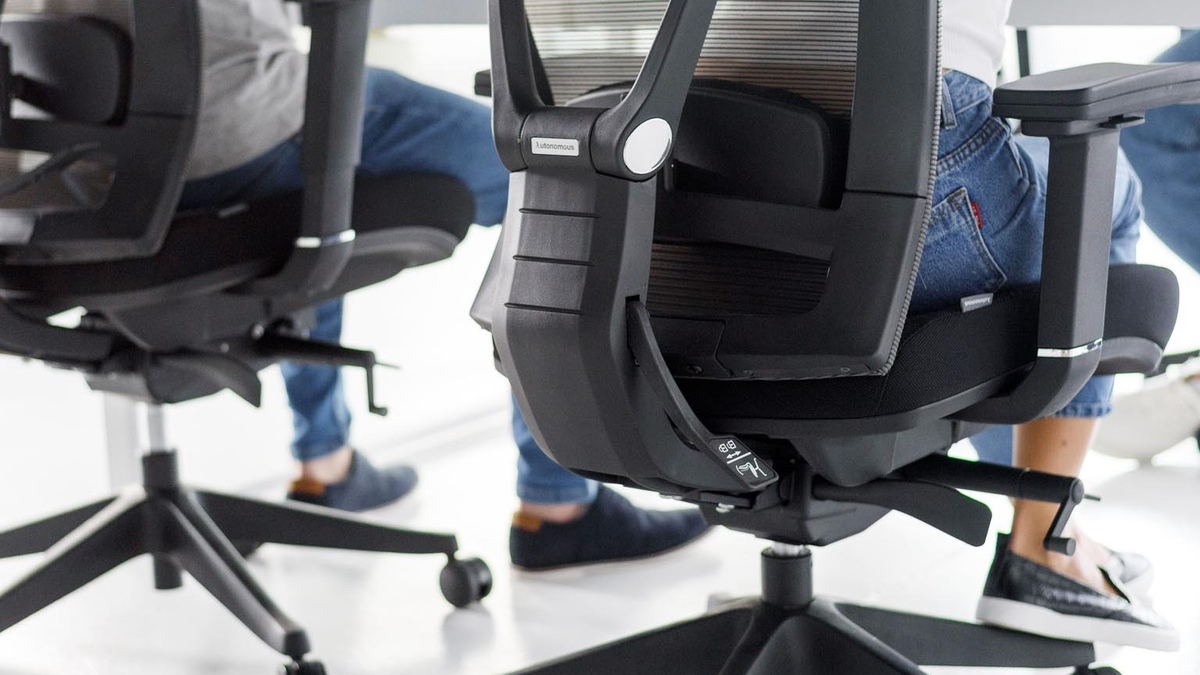

0 thoughts on “How To Keep An Office Chair From Sinking”